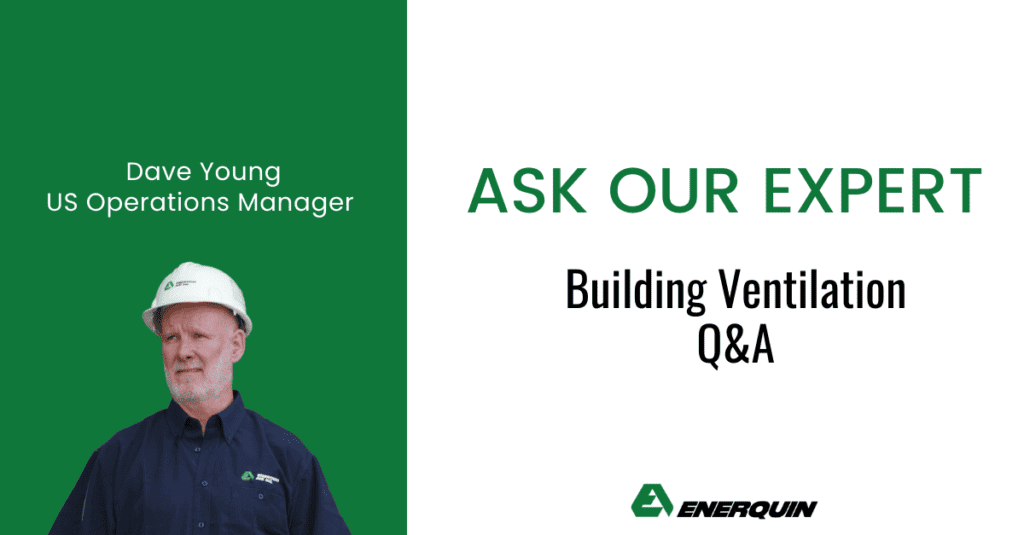Dave Young has over 40 years of experience in air systems for the Pulp and Paper Industry. He currently works as the U.S. Operations Manager for Enerquin. His background in paper and drying process includes a focus on air management. Here are some questions we have received from mills in regards to building ventilation.
My wet end is extremely wet. Is it due to insufficient building make-up?
It can be due to several issues. Low building balance or low wet end air change rate can cause this problem. It can also be caused by not exhausting moisture generated in the former section at the source. A former cross-machine and/or drive side exhaust system is twice as efficient at removing water droplets than the building roof exhausters.
We have observed corrosion on some building structural elements, and I have been told that this is due to the lack of building ventilation. How serious is my corrosion problem? Do I need to act now?
It is difficult to predict the corrosion rate or when an element of the building structure will fail. However, what is known is that a failed roof truss or an object falling onto the wire or felt can lead to costly downtime and repairs. Typically, building ventilation projects cost less than roof repair work.
I need to increase my building air make-up. Can I use semi-commercial or commercial roof-mounted HVAC units?
In short, no. There are chemicals present in the paper mill environment that can rapidly degrade light industrial HVAC units. Companies like Enerquin that specialize in air systems for paper and tissue mills provide industrial equipment designed to withstand these harsh environments and ensure reliability for the long term.
I feel humidity escaping from my paper machine hood. Is this a building ventilation issue?
If a hood lacks the proper exhaust capacity, it is said to have a balance that is too high, or the hood is pressurized. This will cause the hood to spill hot, humid air into the machine room. This might be your problem.
Do you have any questions in regards to building ventilation? Contact our experts today.


